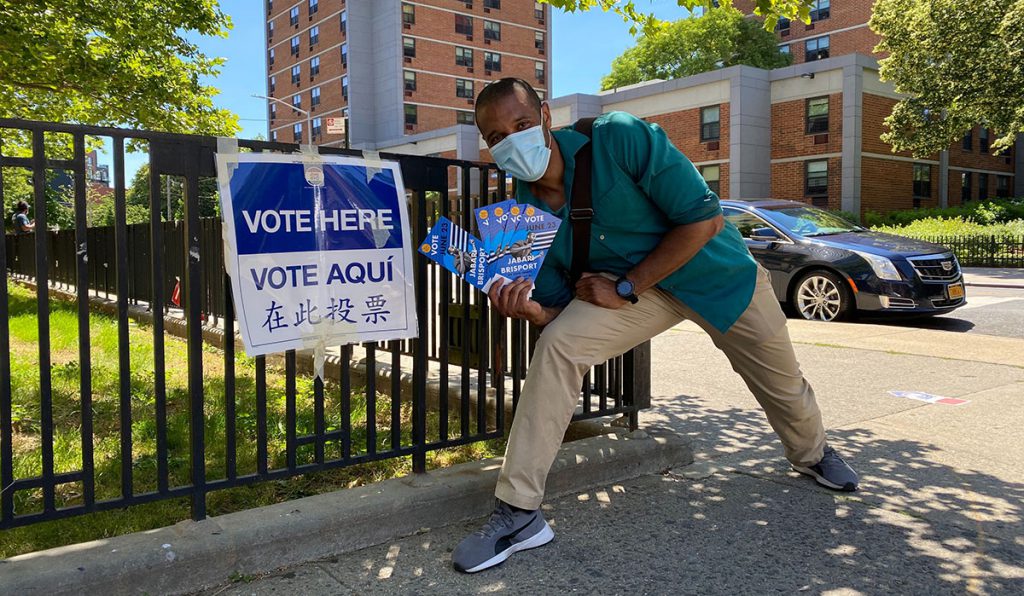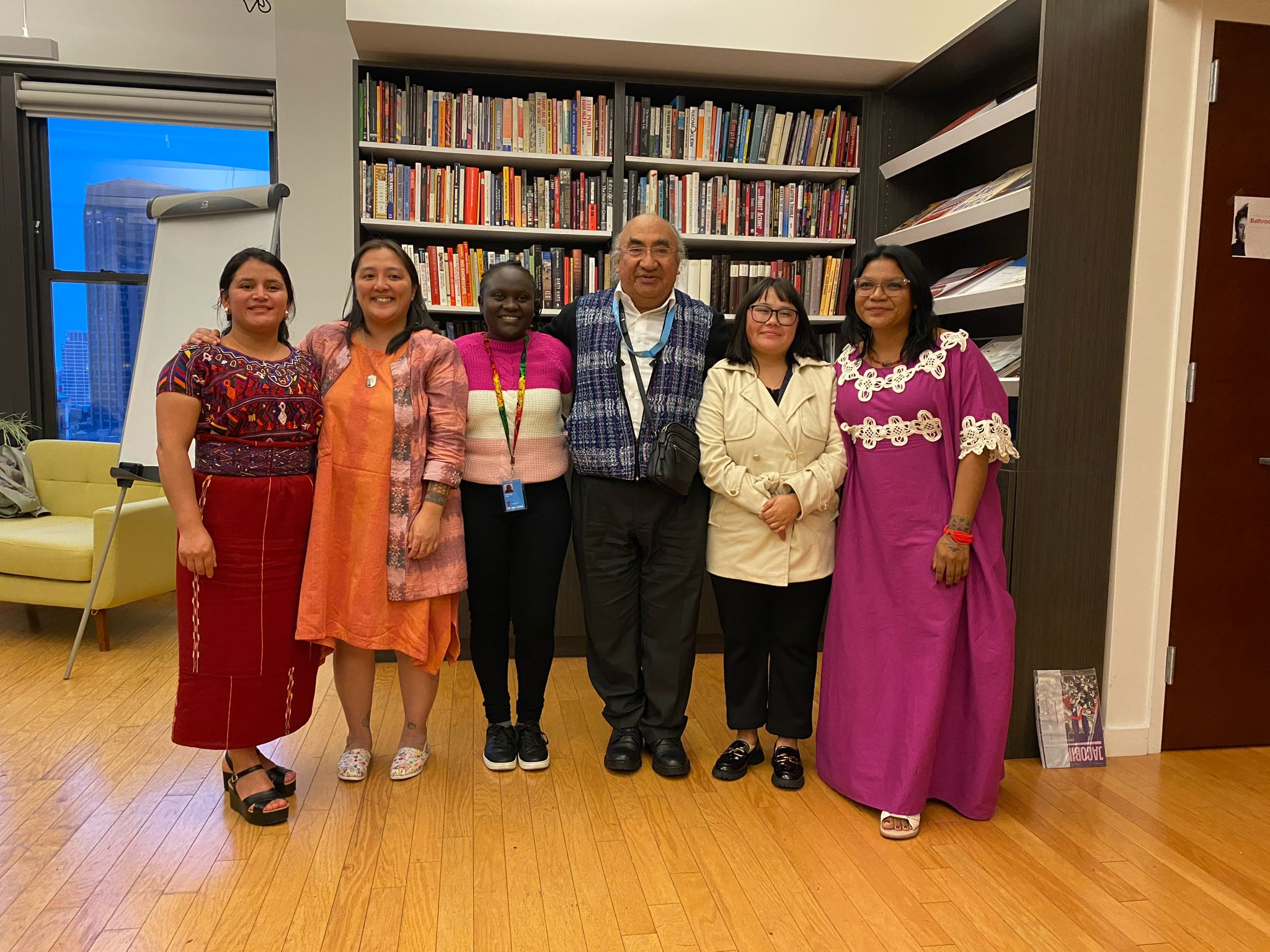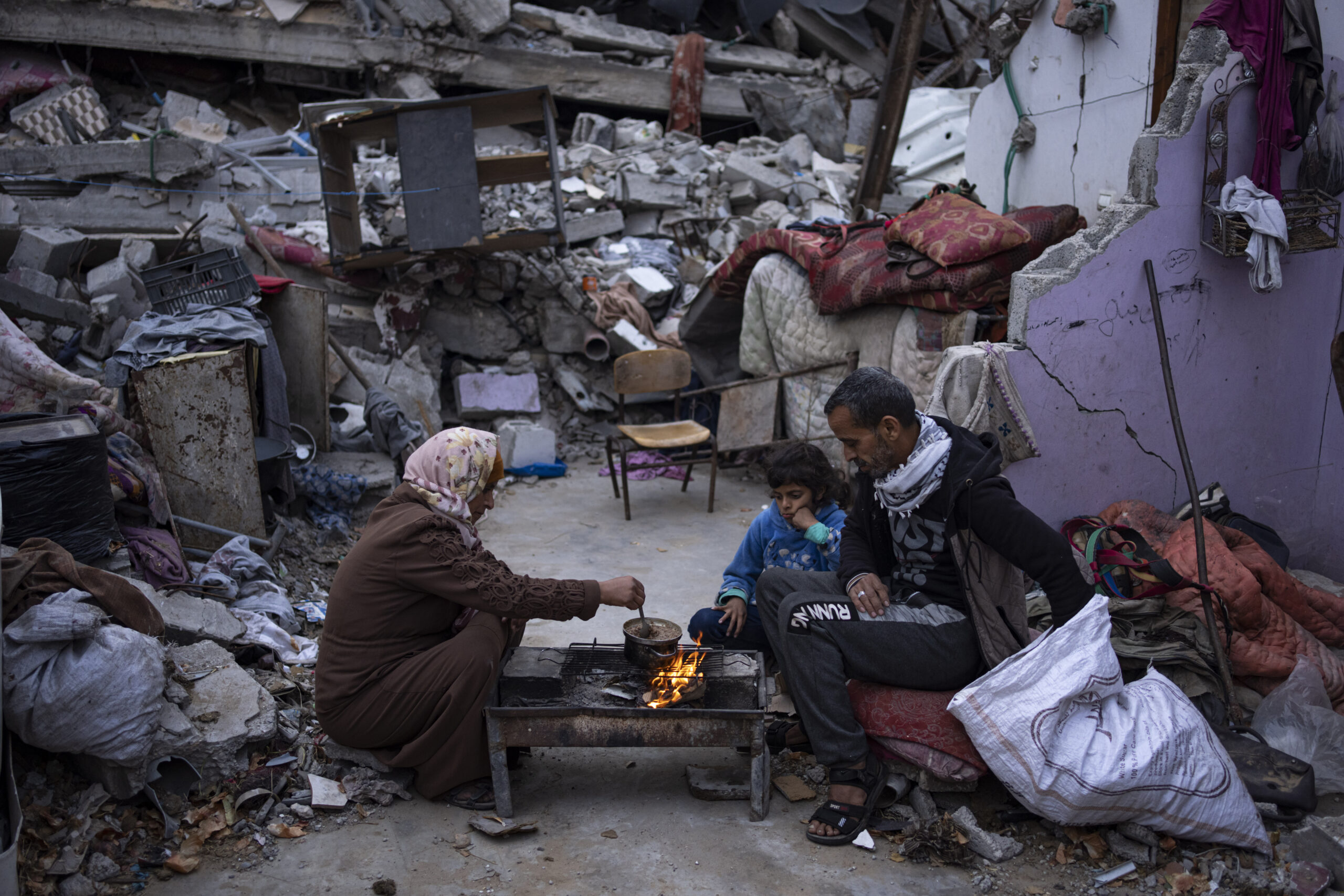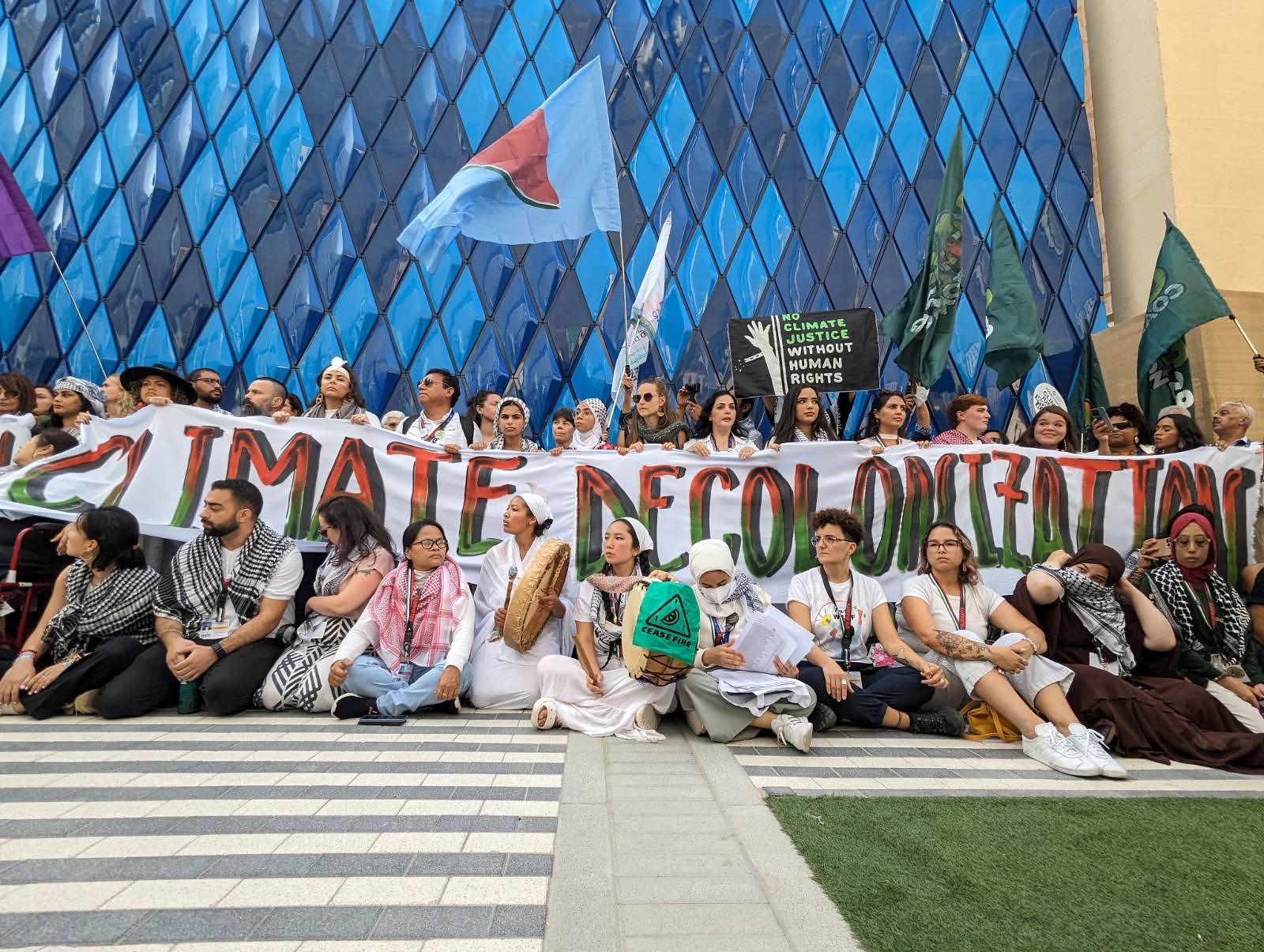
Tremaine Wright served on her neighborhood’s community board for more than a decade before being elected to the New York State Assembly in 2016. When State Senator Velmanette Montgomery, a 35-year incumbent, announced she would not seek re-election, she endorsed Wright to succeed her in a State Senate seat which stretches across parts of Central and South Brooklyn.
Wright also gained the backing of her fellow Brooklyn elected officials, labor unions and Democratic Party clubs. Normally, Wright’s ascent to a potentially decades-long stint in the State Senate would have been more coronation than contest. But these aren’t normal times for New York City’s once-invincible Democratic Party machines.
On election night, Wright found herself trailing Jabari Brisport, a Black, public school teacher and a democratic socialist who has never held public office, by 12 points. When all the mail-in votes were counted by early August, Brisport’s final margin of victory was 23 points.
Brisport’s demolition of a machine-backed candidate was duplicated across the city. Incumbents Félix Ortiz (Sunset Park), Walter Mosley (Fort Greene) and Aravella Simotas (Astoria) were all ousted from the state Assembly by first-time candidates backed by the Democratic Socialists of America.
“Let today’s results be a lesson to incumbents all across the city,” tweeted Aaron Taube of the Queens DSA Electoral Working Group. “Live every day like you’re being primaried by a charismatic socialist with a national grassroots fundraising base and a volunteer operation the likes of which you can’t even imagine.”
Other progressive groups got in on the action too:
- The Justice Democrats, which was founded by former Bernie Sanders campaign staffers, backed middle school principal Jamaal Bowman who defeated hawkish 31-year congressman Eliot Engel in a district that encompasses parts of the Bronx and Westchester County.
- The Working Families Party played a major role in the Bowman race. WFP also backed Jessica González-Rojas in her victory over a white male incumbent whose sell-by date for repping an increasingly diverse district in Western Queens had passed. It also got behind Khaleel Anderson, a 24-year-old community activist who won an open assembly seat in Southeastern Queens over the machine’s preferred candidate.
- Emily Gallagher edged out 47-year incumbent Joseph Lentol to win a North Brooklyn assembly seat. Gallagher was backed by NY Communities for Change and the New Kings Democrats, an Obama-era reform group that has wrangled with the Brooklyn Democratic machine over the past decade.
Groups like the Justice Democrats and the Working Families Party, which is more of a political consulting firm than a real political party, provide valuable assistance to grassroots candidates with fundraising, messaging and campaign infrastructure. DSA does all that and more while creating next-level campaigns that New York has never seen before.
DSA is an organization not a political party. It is active both inside and outside of electoral politics. It backs campaigns for tenant rights and ending police brutality and supports militant labor actions when they arise. It makes no secret of its desire to see capitalism dismantled and the economy put under full democratic control. Unlike other socialist parties who are often full of revolutionary rhetoric and little else, it takes a keen interest in winning smaller victories in the here and now and is willing to work within the established political system.
When it runs candidates it almost always does so through the Democratic primary. It’s a tactical decision which recognizes the structural constraints of America’s two-party system that relegates third parties to the margins. It’s also a shrewd ploy. Turnout in party primaries tends to be low which favors a group whose highly motivated supporters will vote.
The New York City DSA chapter is the largest in the country with more than 6,000 members. It is selective about who it endorses. The candidates who seek its endorsement have to navigate a labyrinthine process that involves multiple layers of an organization that puts a premium on involving members in its decision making.
But when an endorsement is made it comes with real impact, such as many hundreds of fiercely dedicated volunteers ready to do door-to-door canvassing and data entry, make phone calls on behalf of the candidate and give money. When it wants to focus on a key race, DSA as a national organization can mobilize re-enforcements—members from its nearly 200 chapters across the country phone banking from home on their laptop, composing hand-written postcards to potential supporters of their candidate and making additional small dollar contributions.
No other organization in New York City, including its ever-more desiccated labor unions, can muster this kind of volunteer army. With each electoral cycle, DSA grows stronger.
Since 2018, it has played a key role in electing the most famous congresswoman in America, Alexandria Ocasio-Cortez, two state senators, and three state assembly members.
Success attracts more new members who in turn learn new skills from the basics of how to canvass and phone bank to staff-level responsibilities handled by paid political operatives in more traditionally run campaigns. The organization also retains all of the information it gathers from voter outreach which it can apply to future races. Its initial crop of officeholders gives additional credibility to future candidates who run under its banner.
Why is this upsurge happening now?
It begins with the ideological divide between older and younger Democrats that emerged in Bernie Sanders’ 2016 presidential run. Two years later, Ocasio-Cortez shattered the myth that challenging an incumbent was a fool’s errand in her historic congressional primary victory against Joe Crowley.
It turns out the Democratic Party machine is a hollow shell, a monopoly whose product appeals to relatively few people but thrived because it could smother any competition with big donor money, endorsements and arcane ballot access rules. Since a real opposition finally got organized, the machine has repeatedly been overwhelmed. Brisport told this writer he had 1,000 volunteers participate in his campaign. According to Brisport, his campaign made 350,000 phone calls. He also set a record for most donors in a state legislative race with 7,500 who donated a total of $280,000. The other DSA candidates mobilized similar grassroots efforts on their behalf.
On the larger scale of statewide races, the standard way of doing politics remains effective, for now. An incumbent who leverages their office to raise millions of dollars from favor seekers can use that money to carpet bomb the airwaves with campaign commercials. A volunteer-based, grassroots campaign is hard-pressed to keep up in a place as big as the State of New York with nearly 20 million residents. This is how Gov. Andrew Cuomo won his 2018 primary against a leftwing opponent by more than 30 points while progressive insurgents were able to flip seven State Senate seats and move the legislature to the left.
Here in the City, the floodgates will pour open in next year’s municipal elections with all citywide offices plus 35 out of 51 Council seats open. Ditto for state and congressional primaries in 2022. After decades of stagnation, state and local politics in New York are experiencing a democratic revival that would have seemed impossible only a few short years ago.
John Tarleton is a co-founder and Editor-in-Chief of The Indypendent, a free progressive newspaper and website published in New York City since 2000.



